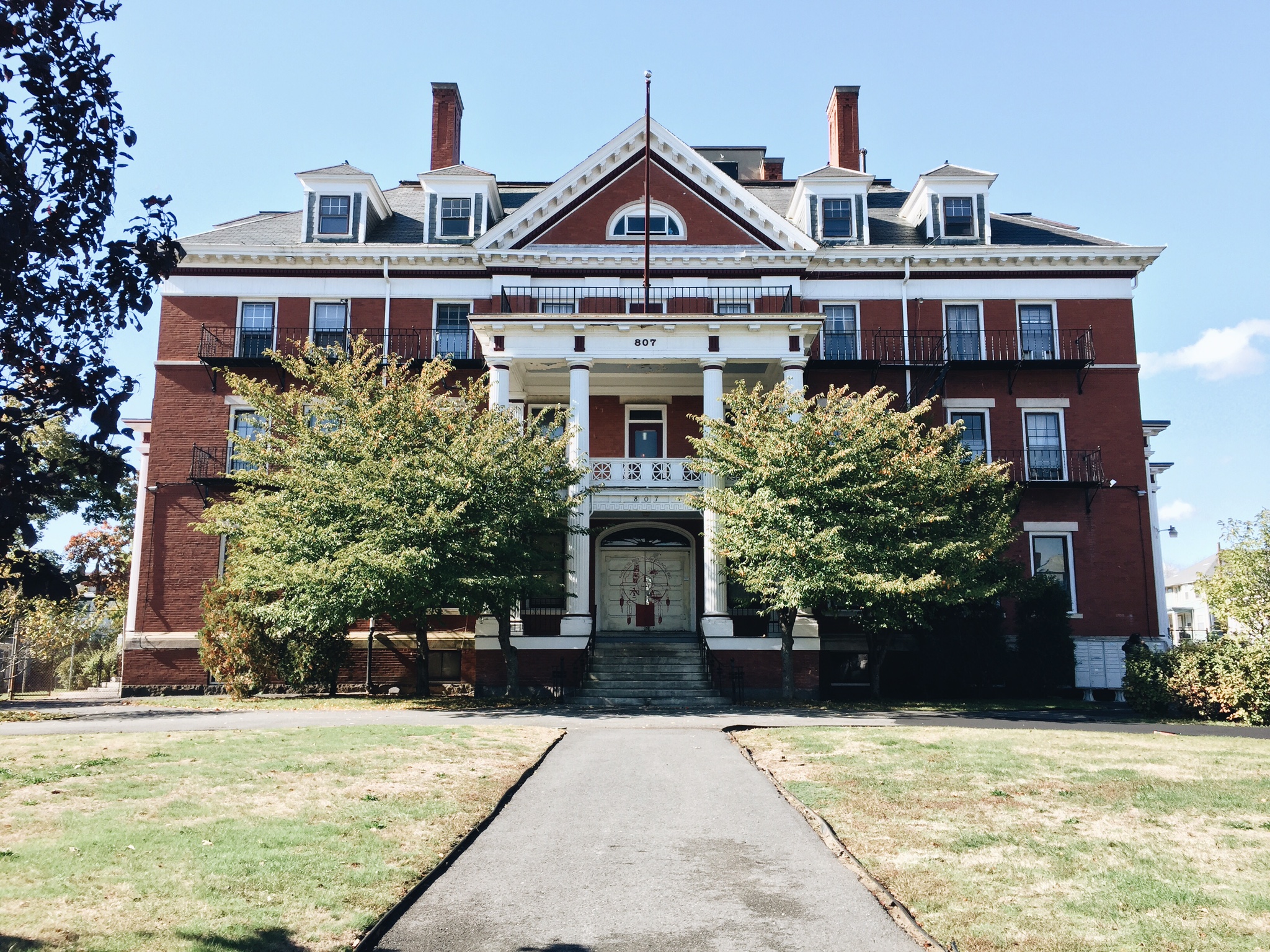See how the topics fit together
High School
Can Gaps in High School Be Overcome?

High school is a time during which adolescents form social and personal identity and lay the foundation for higher education and career pursuits. As with other phases of K-12 education, not all school environments are equally resourced or focused. Coupled with years of disadvantaged home or neighborhood life, many high school children fail to reach their academic and social potential, setting them up for further challenges in adult life.
Related Commentary
Explore this gap
Life Gaps
Adolescents can be volatile and resilient. Issues like gender and sexual identity, race and culture, cliques and bullying, friendships and mental health issues all come to the forefront. Teenagers also bring with them the positive and negative influences from their home lives and neighborhoods. Much of a child’s chances of succeeding through high school and being in the best position to apply for and attend higher education often relates to his or her habitus (Bourdieu). Schools and their staff and faculty are often called upon to do more than simply teach in the classroom. And of course how well prepared, experienced, and fair any individual teacher is can have a huge impact not only on classroom dynamics, but on the social, emotional, and educational growth of each child as well.
Research Gaps
What kinds of interventions and support programs are most effect for ensuring that all high school children have equal opportunity to access academic support or challenge as they need, prepare for college, and navigate the social rollercoaster?
Cost-Benefit Considerations
The majority of financial resources for public high schools comes from local real estate taxes.
Individuals and Organizations
Resources
See this Gap

Similar Charts
-
Legend One
-
Legend Two
-
Legend Three
-
Legend One
-
Legend Two
-
Legend Three